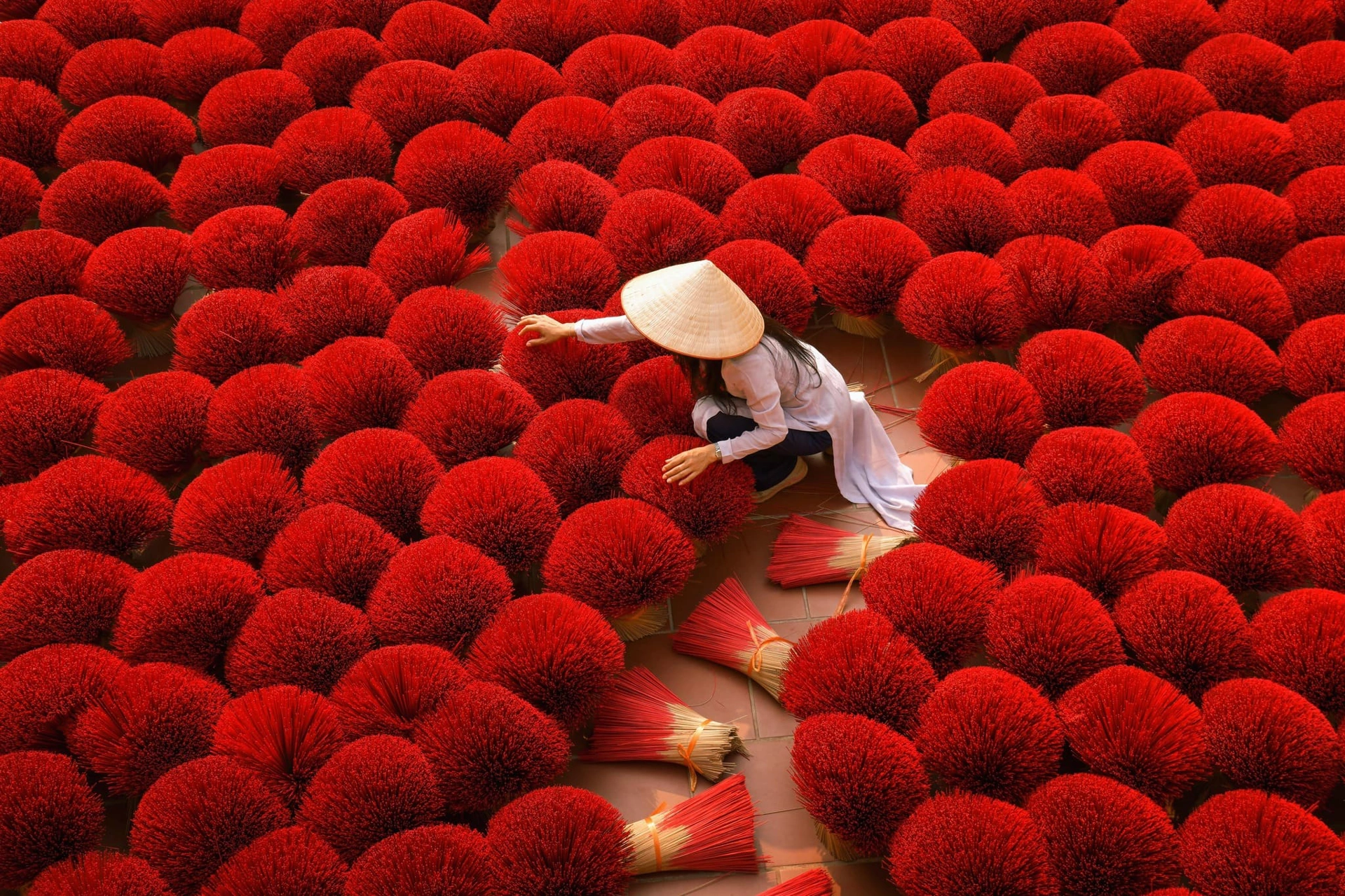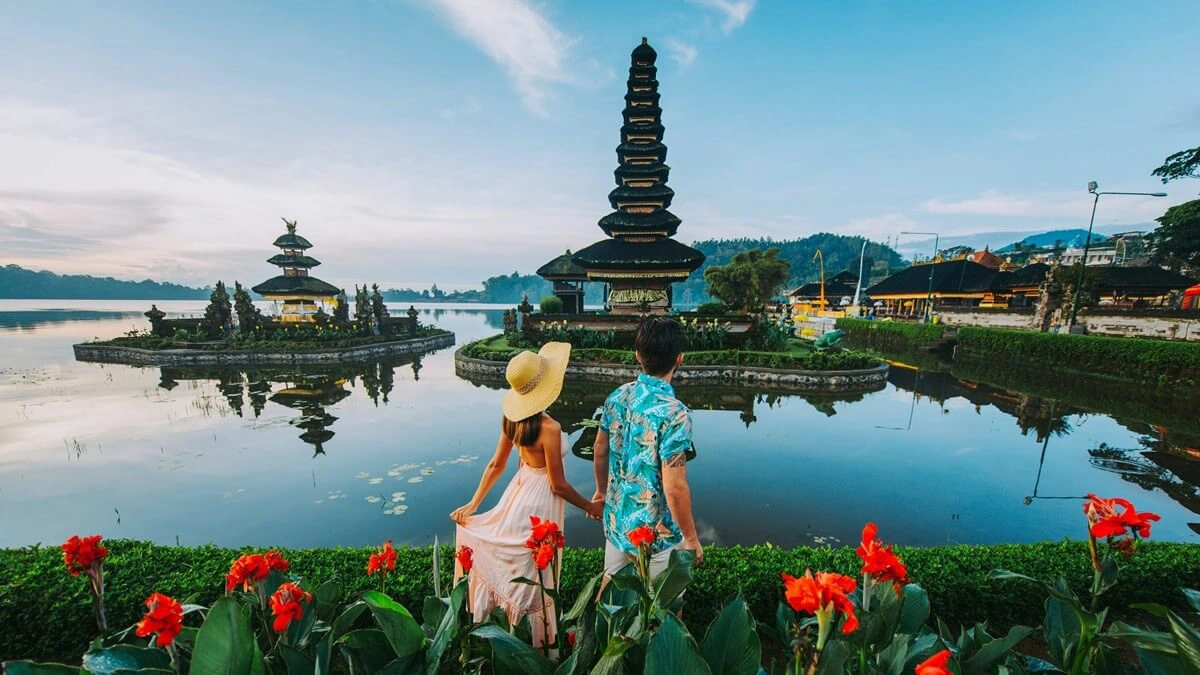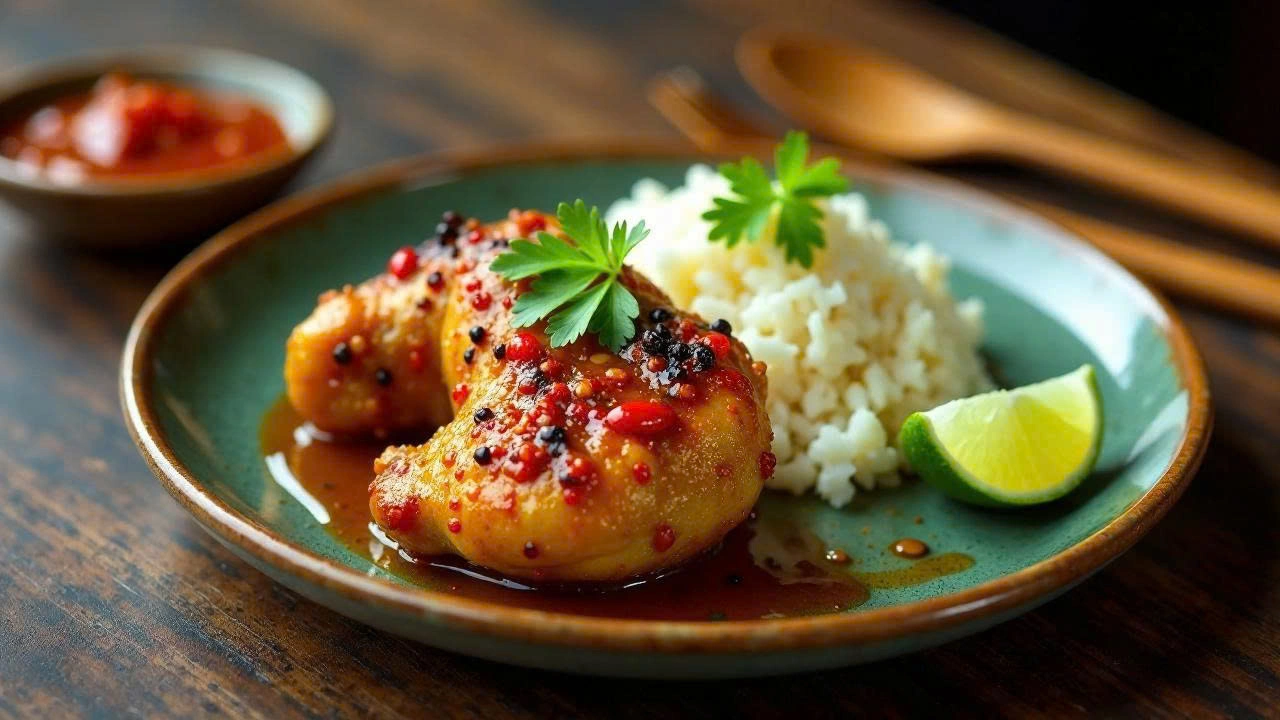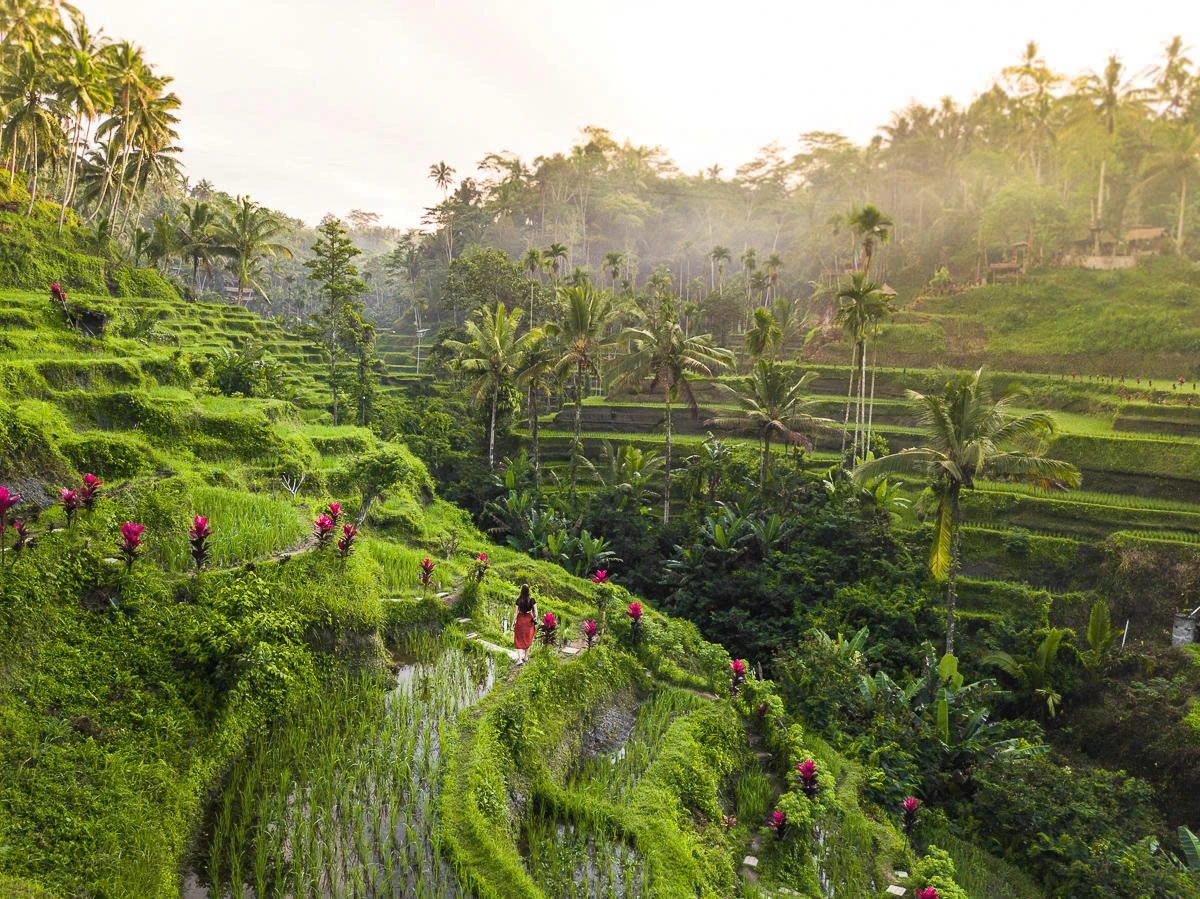Send us a Message
- Destinations
- Tours
- By Destinations
- By Themes
- Suggested Combination
- Duration
- About Us
- Reviews
A valid passport with at least 6 months’ validity is required. Most travelers can obtain a tourist visa upon arrival at Phnom Penh or Siem Reap International Airports, as well as at some land borders. E-visas are also available online for added convenience. Always check the latest entry requirements before traveling.
Cambodia requires travelers to complete a Customs and Immigration form before or upon arrival in the country. In this digital era, Cambodia is transitioning to an electronic form called the Cambodia E-Arrival, which visitors can complete before arrival via the app/website, or by scanning a QR code at the airport of departure.
The Cambodia e-Arrival is currently available only for arrivals at: Siem Reap Angkor International Airport, Phnom Penh Techo International Airport, and Sihanoukville International Airport. For land border crossings, traditional paper forms will be used.
The Cambodia e-Arrival form can be completed via the official website https://arrival.gov.kh/ or via the QR codes available at the airports upon arrival.
The E-form must be filled out within 7 days before arrival or on arrival at the airport (however, we strongly recommend completing it in advance to avoid waiting time at the airport).
After submitting the form, you will receive a QR code. Please present this QR code at the immigration counter to enter Cambodia.
No vaccinations are officially required for entry. However, it is advisable to consult your doctor about vaccinations for typhoid, hepatitis A & B, tetanus, and malaria prevention, especially if you plan to travel to rural areas. Comprehensive travel insurance covering health, accidents, and belongings is highly recommended.
The standard voltage is 230V, 50Hz. Cambodia uses both two-pin and three-pin plugs, so a universal travel adapter is highly useful. Be cautious when charging sensitive electronics in rural areas, where power supply may fluctuate.
The official currency is the Cambodian Riel (KHR), but US dollars are widely accepted throughout the country. Small transactions are often given in Riel, while larger ones use USD. ATMs are common in major cities and tourist areas, dispensing both USD and Riel. Credit cards are accepted in hotels, restaurants, and shops in big cities, though cash is still king in rural regions.
Cambodia’s local time is GMT + 7 hours. Government offices usually operate from 8:00 a.m. to 5:00 p.m., Monday through Friday, with a lunch break around noon. Banks often close earlier in the afternoon. Most shops, markets, and restaurants remain open daily until 8:00 or 9:00 p.m.
Domestic flights, buses, and boats connect Cambodia’s main destinations. Flight schedules may change without prior notice, so reconfirming your booking 24 hours in advance is wise. In cities, tuk-tuks are the most popular mode of transport. Always agree on the fare before starting the ride.

Wi-Fi is widely available in hotels, cafés, and restaurants in major towns. SIM cards with affordable data plans can be purchased at airports or convenience stores, making it easy to stay connected. Mobile coverage is reliable in cities, but may be weak in remote areas.
International calls from hotels can be expensive, so it is cheaper to use mobile networks or internet-based calling apps. Prepaid SIM cards from providers such as Smart, Metfone, and Cellcard are widely available. They are inexpensive and provide both local calls and internet access.
Cambodia has a tropical climate with two main seasons: the rainy season (May to October) and the dry season (November to April). Temperatures are warm year-round, ranging between 25°C and 35°C. The cool, dry months from November to February are considered the most comfortable time for travel.
Cambodian culture blends tradition and modernity. Visitors should dress modestly when visiting temples, pagodas, and rural areas—covering shoulders and knees is respectful. Always remove your shoes before entering religious buildings. Cambodians are polite and reserved; avoid touching someone’s head and use both hands when giving or receiving items as a sign of respect.

Vietnam is a country full of history, culture, and natural beauty, offering unforgettable experiences for every type of traveler. From bustling cities and ancient temples to serene countryside and pristine beaches, there is something for everyone. With careful planning, attention to local customs, and consideration for dietary or religious needs, Israeli travelers can enjoy a safe, enriching, and memorable journey.

To enter Bali, travelers need a passport valid for 6 months; many nationalities get 30 days visa-free, while longer stays require a Visa on Arrival or e-visa. The island has a tropical climate with a dry season (Apr–Oct) ideal for beaches and festivals, and a wet season (Nov–Mar) with lush green landscapes. Cash in Indonesian Rupiah is essential for small expenses, though cards are accepted in larger venues, and transport mainly relies on taxis, ride-hailing apps, scooters, or private drivers. Visitors should respect local customs—dress modestly at temples, remove shoes in sacred spaces, and use the right hand when giving or receiving items.

Balinese cuisine is a vibrant reflection of the island’s culture, shaped by its Hindu heritage, fertile volcanic soils, and abundant spices. Meals are a harmonious balance of flavors spicy, savory, sweet, and aromatic—brought together through fresh herbs, coconut, peanuts, and chili-based spice pastes known as bumbu. Rice is the centerpiece of most meals, complemented by grilled meats, seafood, and an array of vegetable dishes. Many recipes are deeply rooted in ceremonial traditions, often served during temple festivals and family gatherings, making Balinese food not only a culinary delight but also a cultural journey.

Nusa Penida is a stunning island off Bali’s southeast coast, famed for its rugged cliffs, crystal-clear waters, and dramatic landscapes. Highlights include Kelingking Beach with its dinosaur-shaped headland, Angel’s Billabong, and Broken Beach. Popular for snorkeling and diving, the island offers encounters with manta rays and vibrant coral reefs, making it a paradise for adventure and nature lovers.

Uluwatu is renowned for its dramatic sea cliffs, world-class surf breaks, and breathtaking ocean views. At its heart lies the iconic Uluwatu Temple, perched high above the waves and famous for sunset Kecak dance performances. With luxury resorts, hidden beaches, and a relaxed coastal vibe, Uluwatu is a perfect blend of culture, adventure, and natural beauty.

Ubud is the cultural and spiritual heart of Bali, surrounded by rice terraces, lush forests, and traditional villages. Known for its art, dance, and handicrafts, it’s also a hub for yoga, wellness, and spiritual retreats. With its temples, galleries, and serene landscapes, Ubud offers a deeper connection to Balinese heritage and nature.
Preparing for your upcoming trip to Asia?
Let us know what we can arrange for you!